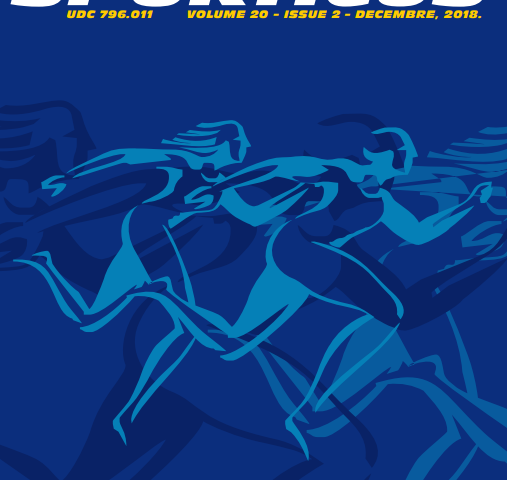Abstract
The goal of this paper is to examine the quality of life of respondents in comparison to their physical activities and their smoking status. The study was conducted on a sample of 200 respondents, of which 100 (50%) were smokers and 100 (50%) non-smokers. In both groups half of them have regular physical activity (walking for 60 minutes a day, running up to 30 minutes a day, exercise at the gym more than 2 times a week, or involved in sport activities at least once a week). The study included respondents aged 18-49 years. The study used a questionnaire that was designed for this study based on the SF-36 questionnaire to test the quality of life, and EUROQOL questionnaire to examine socioeconomic status. There was a statistically significant association between physical activity and quality of life. People engaged in physical activity showed higher average scores in quality of life compared to those who are not physically active, this difference was statistically significant on all subscales of quality of life questionnaire. With increasing age reduces the quality of life scores but people who are physically active continue to have higher scores than those who are not physically active. Tobacco smoking is recognized as a factor that reduces the average scores on all subscales of quality of life, but people who are dealing with physical activities have a higher quality of life scores both in group of smokers and non-smokers.


